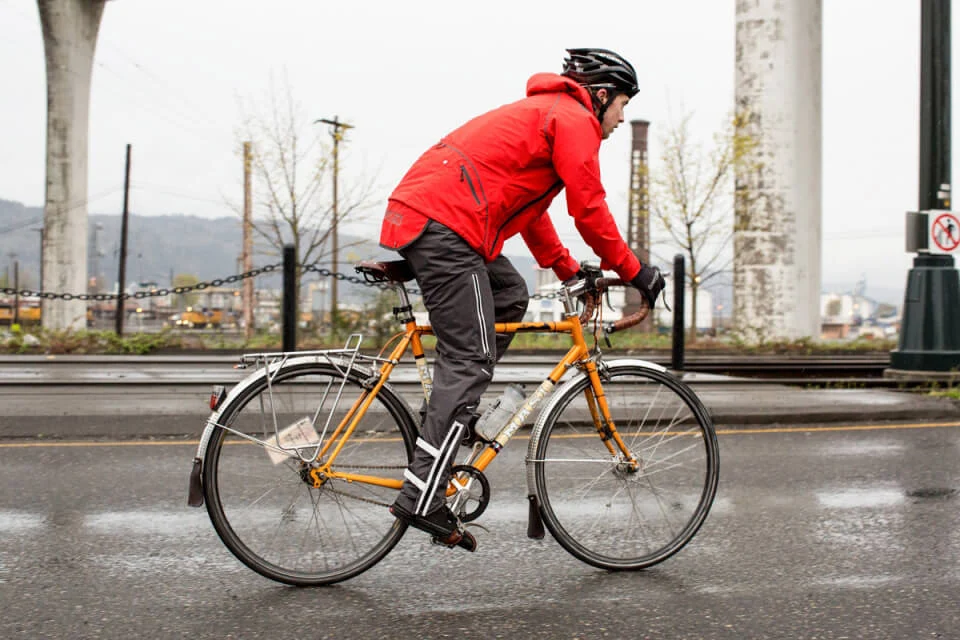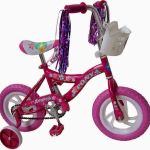
- understanding-the-risks-of-riding-in-the-rain - Understanding the Risks of Riding in the Rain
- essential-rain-riding-gear - Essential Rain Riding Gear
- how-to-protect-your-bike-and-accessories - How to Protect Your Bike and Accessories
- riding-techniques-for-wet-conditions - Riding Techniques for Wet Conditions
- how-to-care-for-your-gear-after-the-ride - How to Care for Your Gear After the Ride
- real-experiences-from-cyclists-who-learned-the-hard-way - Real Experiences from Cyclists Who Learned the Hard Way
- stay-prepared-with-cycling-guider - Stay Prepared with Cycling Guider
1. Understanding the Risks of Riding in the Rain
Riding in the rain presents challenges that go beyond just getting wet. Slippery roads, poor visibility, and the threat of soaked gear can turn a pleasant ride into a frustrating ordeal. Water can seep into every crevice, damaging electronics, softening leather components, and even rusting metal parts.
But with smart planning and the right knowledge, you can not only ride in rain without ruining your gear, but also enjoy the rhythm of droplets hitting your helmet as you power through the elements.
2. Essential Rain Riding Gear
Investing in high-quality rain gear is the first step. A waterproof, breathable cycling jacket with sealed seams is non-negotiable. Add rainproof pants or bibs, water-resistant gloves, shoe covers, and most importantly—a helmet with a visor or cap underneath.
Don’t skimp on your backpack either. Use waterproof panniers or dry bags inside your pack to keep electronics and essentials bone dry. Riders often overlook the value of clear-lens glasses to shield their eyes from rain and flying grit.
3. How to Protect Your Bike and Accessories
Water can wreak havoc on your bike if you're not proactive. Apply chain lube made for wet weather before your ride, and install fenders to minimize splash-up on the drivetrain and undercarriage. Also, cover your saddle with a rain-resistant seat cover or use a plastic bag in a pinch.
If you rely on GPS or handlebar-mounted phones, use weatherproof mounts and cases. Consider taping over open charging ports to prevent moisture from sneaking in.
4. Riding Techniques for Wet Conditions
Rain changes how your bike interacts with the road. Slow down, avoid sharp turns, and increase your stopping distance. Painted road markings, metal grates, and wooden bridges become especially slick when wet—treat them with caution.
Ease up on your brakes and feather them gently to avoid skidding. Always keep your lights on, even in daytime, to increase your visibility to drivers.
5. How to Care for Your Gear After the Ride
As soon as you get home, dry everything out—immediately. Remove batteries or electronics from any accessories and set them in a dry, warm area. Wipe down your bike, re-lubricate the chain, and inspect the brake pads, which wear out faster in wet conditions.
Hang your wet clothes on a rack—not in the laundry basket—to avoid mold and funky smells. Stuff your shoes with newspaper to help them dry evenly and faster.
6. Real Experiences from Cyclists Who Learned the Hard Way
One Seattle commuter shared online how they ignored waterproofing their backpack during a week of rain—and paid the price. Their laptop and notes were soaked beyond saving. Another rider in Portland lost an entire set of brake pads after descending a wet trail without checking their condition post-ride.
Stories like these are common, and they all point to one thing: rain rides demand respect and preparation.
7. Stay Prepared with Cycling Guider
Don’t wait until your next rainy ride to figure it out. At Cycling Guider, we help riders find the best weatherproof gear, fender kits, wet-condition lubricants, and more—all tested and curated to keep you safe and dry.
Whether you’re an all-weather commuter or just caught by surprise, having the right strategy makes a world of difference. Rain riding can be empowering—when you’re truly ready for it.







 Billet BMX5.0 (2 reviews)
Billet BMX5.0 (2 reviews) Far East Children Bicycle Factory1.0 (1 reviews)
Far East Children Bicycle Factory1.0 (1 reviews) Archer Motorsports, Inc.4.0 (8 reviews)
Archer Motorsports, Inc.4.0 (8 reviews) YEP Bike Works4.0 (55 reviews)
YEP Bike Works4.0 (55 reviews) Gorham Bike & Ski4.0 (498 reviews)
Gorham Bike & Ski4.0 (498 reviews) Alchemy Bikes4.0 (37 reviews)
Alchemy Bikes4.0 (37 reviews) How to Teach Kids to Ride a Bike: A Step-by-Step Guide for Parents
How to Teach Kids to Ride a Bike: A Step-by-Step Guide for Parents Tips for Riding on Busy City Streets: Smart Strategies for Urban Cyclists
Tips for Riding on Busy City Streets: Smart Strategies for Urban Cyclists Best US National Parks for Mountain Biking: Ride Epic Trails Across America
Best US National Parks for Mountain Biking: Ride Epic Trails Across America Best Aero Helmets for Time Trials and Racing
Best Aero Helmets for Time Trials and Racing How to Clean and Lubricate Your Bike Chain Like a Pro
How to Clean and Lubricate Your Bike Chain Like a Pro 10 Must-Have Items for Long-Distance Cycling Trips
10 Must-Have Items for Long-Distance Cycling Trips